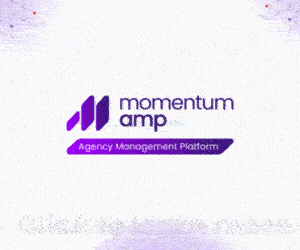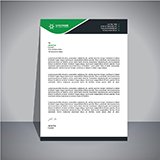A New York construction worker fell off a roof. Lawsuits against virtually everyone involved in the project, including an independent insurance agency, ensued.
The accident happened in August 2019 while the worker was involved in a construction project on a building in Brooklyn. The worker sued the building owner, general contractor, a subcontractor, and a sub-subcontractor for negligence and violations of state construction safety laws, among other things. Because of a law that is unique to New York, damage awards for construction injuries often run to seven figures.
The building owner in turn sued the sub-subcontractor and the insurance agency who had supposedly obtained liability coverage on the building.
The agency actually had obtained liability insurance for the general contractor, and the GC was no longer a client of theirs. They had issued a certificate of liability insurance at the subcontractor’s request. It showed the GC as the insured and stated that the owners were additional insureds. The owners claimed in court that, regardless of what the certificate said, “no policy of liability insurance” had been issued to cover them. They accused the agency of fraud, claiming that the agency intended to deceive them and that they had been justified in relying on the certificate.
The agency argued that the building owners had never been their clients and the agency had no obligations to them. The agency produced copies of an email conversation with the subcontractor as proof that they did not have a contract with the GC. In addition, the agency argued that the GC unreasonably relied on the certificate. The certificate contained a statement that it was issued as a matter of information; conveyed no rights on the holder; and did not change the coverage the listed policies provided.
In late 2024, the judge ruled in the agency’s favor. She found that the disclaimer written into the certificate made the building owners’ reliance on it unreasonable. Since justifiable reliance on a document is one element necessary to prove fraud, she dismissed the fraud charge.
She also held that the agency did not have a contractual obligation to obtain coverage for the building owners. The agency’s president testified that the owners had never been the agency’s clients. The owners did not produce any evidence to the contrary.
Based on these factors, the judge dismissed the case against the agency.
While the agency won, there did not appear to be any dispute that they issued a certificate that falsely stated that the owners were additional insureds. Nor did the judge’s opinion provide an explanation as to why this happened. Certificates of insurance are a significant source of errors and omissions liability actions against agencies. Ensuring that they are accurate should be a basic part of any agency’s E&O loss prevention program.
In addition, New York and many other states have laws regulating certificates. Some of those laws make it illegal to issue a certificate that grants rights to anyone who does not have those rights under the listed policy. This agency may be subject to disciplinary action from state regulators.
Requests for certificates of insurance must be handled seriously and carefully. Agencies that wish to avoid litigation like this one faced and possibly having to pay fines will take measures to ensure that those certificates are as accurate as possible.
















